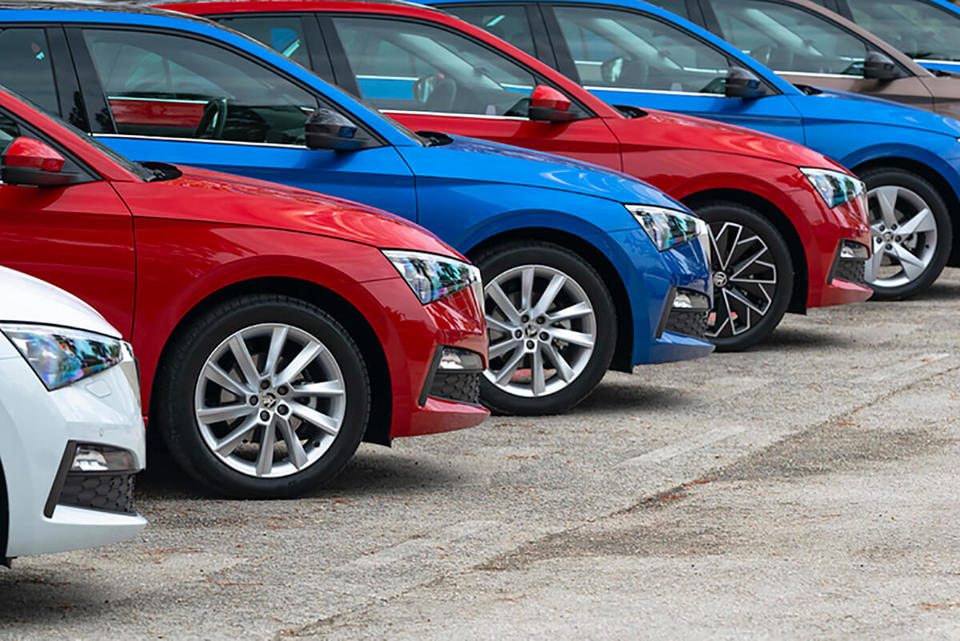Grey fleet is rising up the company agenda as bosses realise the safety and cost implications from letting employees use their own cars for business purposes with no controls.
However, grey fleet can be a solution to rising company car costs and some fleets are seeking to switch policy accordingly. We ask our panel of experts whether there really are benefits to the grey fleet.
What should companies consider running a grey fleet?
Ian Featherstone, knowledge manager, Energy Saving Trust A well-managed grey fleet can provide a flexible and cost-effective business travel solution.
However, many schemes are poorly managed, costly and expose the employer to risk.
Phil Clifford, fleet and technical manager, St Edmundsbury Council Flexibility. Providing a pool car fleet is a balancing act to ensure that as many cars are available as required but equally ensuring that you don’t have cars sitting unused.
The ability to rely on a grey fleet for very short journeys can take the pressure off.
Glenn Ewen, fleet manager, Clear Channel A grey fleet provides more flexibility for employees as a company car does not provide the necessary disincentive for using alternative transport methods.
Grey fleets are also beneficial for employers as there is no benefit-in-kind calculation or issues when AMAP or AFR rates are used.
Finally, it is not cost effective to provide company cars for every employee that may do some business mileage, so a grey fleet provides a viable alternative.
How can you ensure grey fleet use is cost effective?
Ian Featherstone Identifying the journeys being made, why they are being made and their distance and combining this with the mileage rates and any lump sum payments will enable initial analysis of the pence per mile of grey fleet mileage.
Apportioning responsibility to line or departmental managers so that all travel is authorised and implementing journey mileage capture will usually reduce claims.
A mileage cap of, say, 80 miles after which a hire car or public transport should be used will help keep costs (and risk) under control as will paying no more than AMAP rates.
Phil Clifford By limiting the distance that a driver can travel using their own car wherever possible. Longer journeys should be undertaken with either a pool car or a spot hired car as appropriate.
Consider restricting the profile of cars that can be used – later, low emission models etc.
Glenn Ewen It is necessary to ensure that the money offered for car buy-out is not over-generous. An organisation must monitor usage in the same way as company cars as drivers may take the company money and then travel everywhere by other means at company expense – it is important to ensure money is going towards the grey fleet.

















Login to comment
Comments
No comments have been made yet.